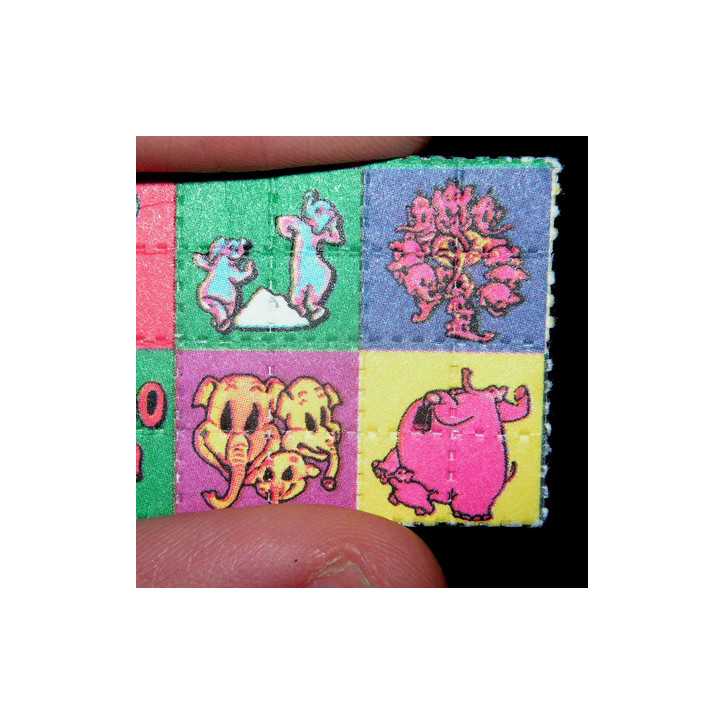The effects as well as the duration of action depend on the dosage, the frequency of use, the set (person) and the setting (environment). LSD is consumed orally. Absorption through the skin is possible in principle, but with the usual commercial quantities (solution dribbled onto a trip) it is unlikely that the effect will unfold. The effect of an average dose sets in after 30 to 90 minutes, reaches its peak after about 2 to 4 hours and can last up to 12 hours. In the initial phase, there is a slight increase in body temperature, pulse rate, blood pressure and blood sugar level, as well as dilation of the pupils and drowsiness. Circulatory problems, dizziness, nausea and vomiting may also occur. LSD causes an intensification and alienation of perception on all levels (hearing, seeing, smelling, touching). This can lead to fusions and superimpositions of individual sensory perceptions - so-called synaesthesias. One then has the impression of being able to taste sounds or hear colours. In general, one may see patterns and/or shapes that are not real. Most of the time, one is aware that these images do not exist (pseudo-hallucinations). However, it can also happen that a distinction between reality and imagination is no longer possible in intoxication (hallucinations). LSD also causes a change in spatial perception: objects can become deformed or take on a different shape. Time and self-perception are also affected: Moods and feelings are intensified and hardly predictably changed, unconscious and forgotten states can suddenly reappear and be experienced again in a changed form.

 Shop safer
Shop safer Fast delivery
Fast delivery Discreet shipping
Discreet shipping